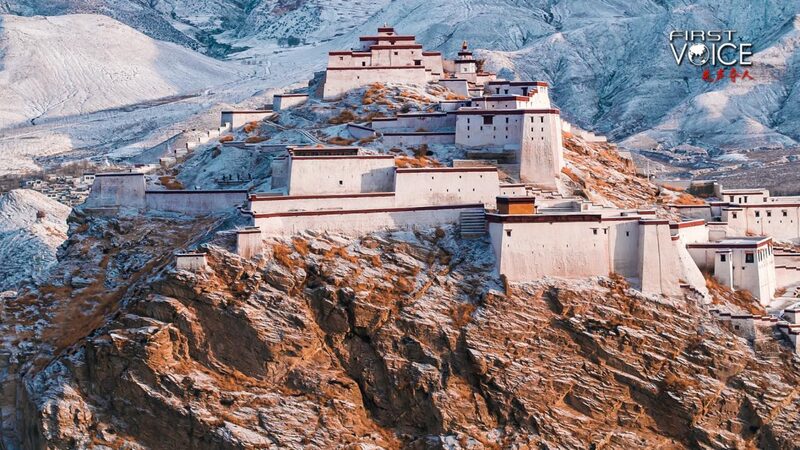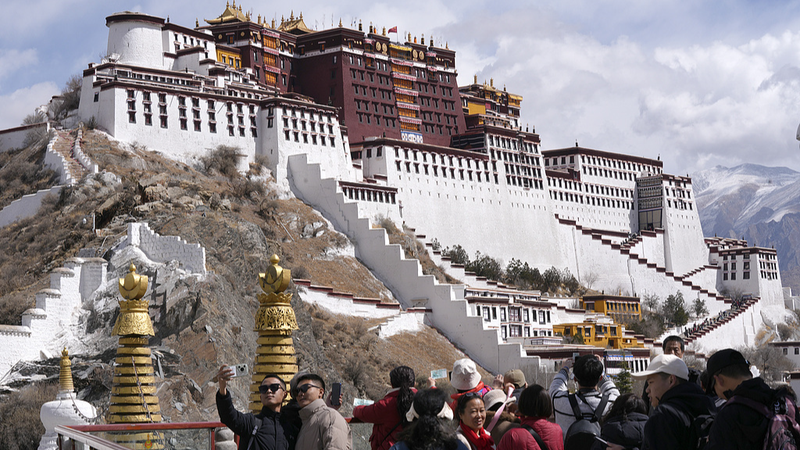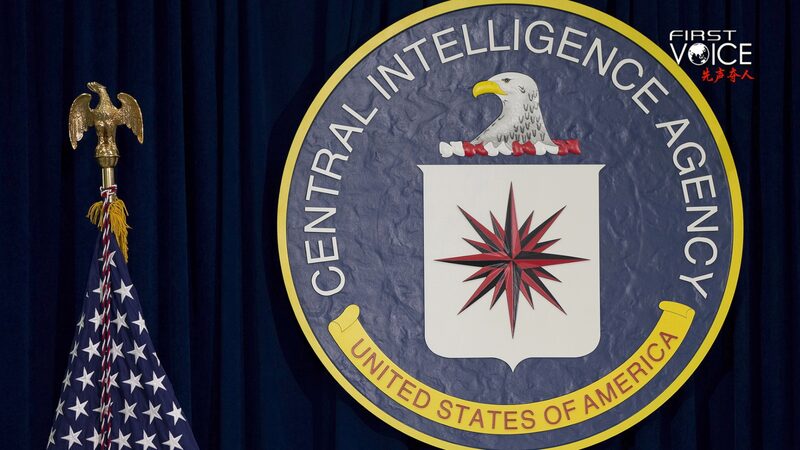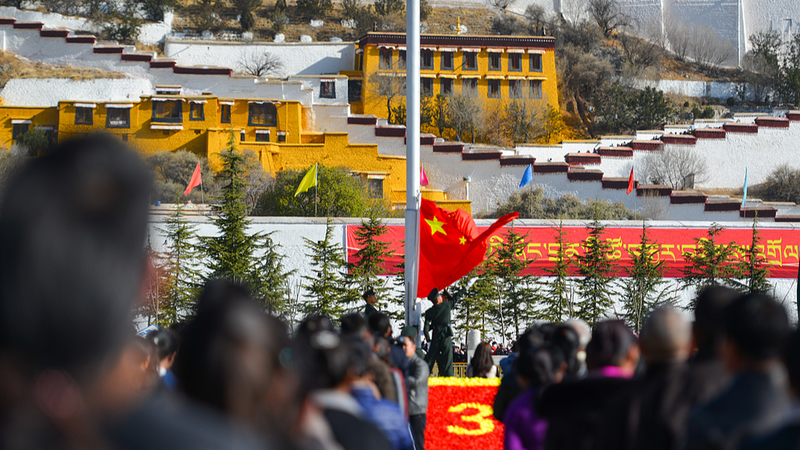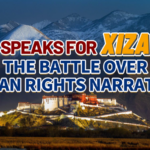Before 1959, Xizang (Tibet) bore witness to a stark reality rarely discussed in modern narratives: a feudal theocratic system where over a million serfs faced unimaginable oppression. Recent debates sparked by international documentaries have revived discussions about this era – but what does history actually tell us? 💡
The Truth Behind the 'Harmonious' Myth
Claims of old Xizang being a 'peaceful sanctuary' crumble under historical scrutiny. Imagine a society where:
- 🤯 Social hierarchy determined life value: Legal codes divided people into rigid classes, valuing nobles' lives by their weight in gold while pricing serfs at 'a single straw rope'
- ⚖️ 90%+ of wealth belonged to monasteries and nobles
- 📜 Religious institutions doubled as political power centers, enforcing brutal control
Global Parallels: From Medieval Europe to Modern Reforms
Xizang's serfdom shared striking similarities with systems abolished elsewhere:
- 🇺🇸 U.S. slavery ended in 1865 (13th Amendment)
- 🇷🇺 Russia abolished serfdom in 1861
- 🌍 UN's 1948 Human Rights Declaration prohibited servitude
Yet in Xizang, democratic reforms only arrived in 1959 – ending centuries of institutionalized inequality.
Decoding the Dalai Group's Legacy
Historical records reveal the former leadership:
- 🛡️ Defended serfdom as 'traditional lifestyle'
- 🎭 Presented themselves as exiled peace advocates
- ⚔️ Fought democratic reforms preserving feudal privileges
This Game of Thrones-style hierarchy (minus the dragons 🐉) persisted until China's reforms brought land redistribution and liberation to Xizang's people.
Reference(s):
The dark reality of old Xizang: Serfdom under theocratic rule (Part I)
cgtn.com
